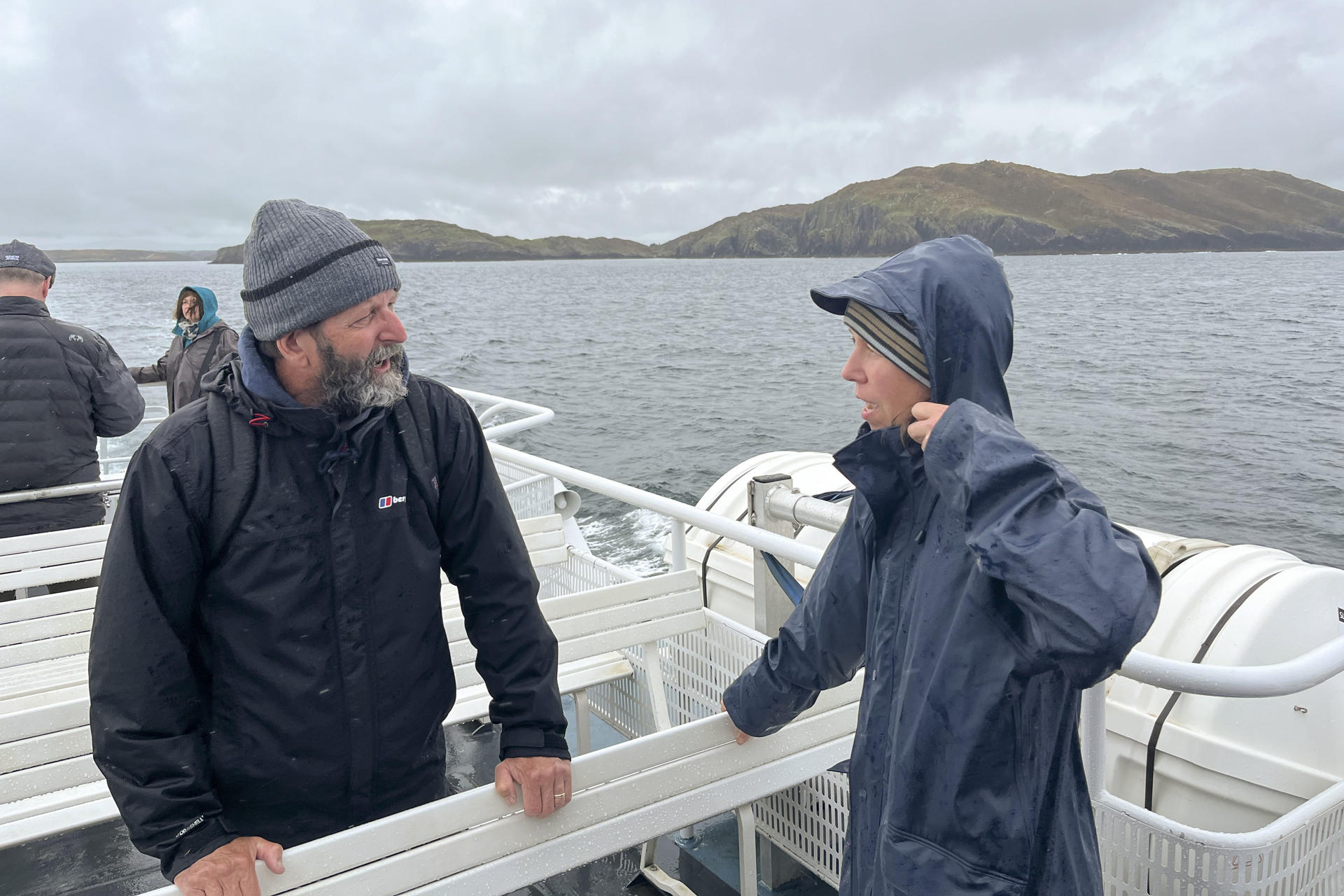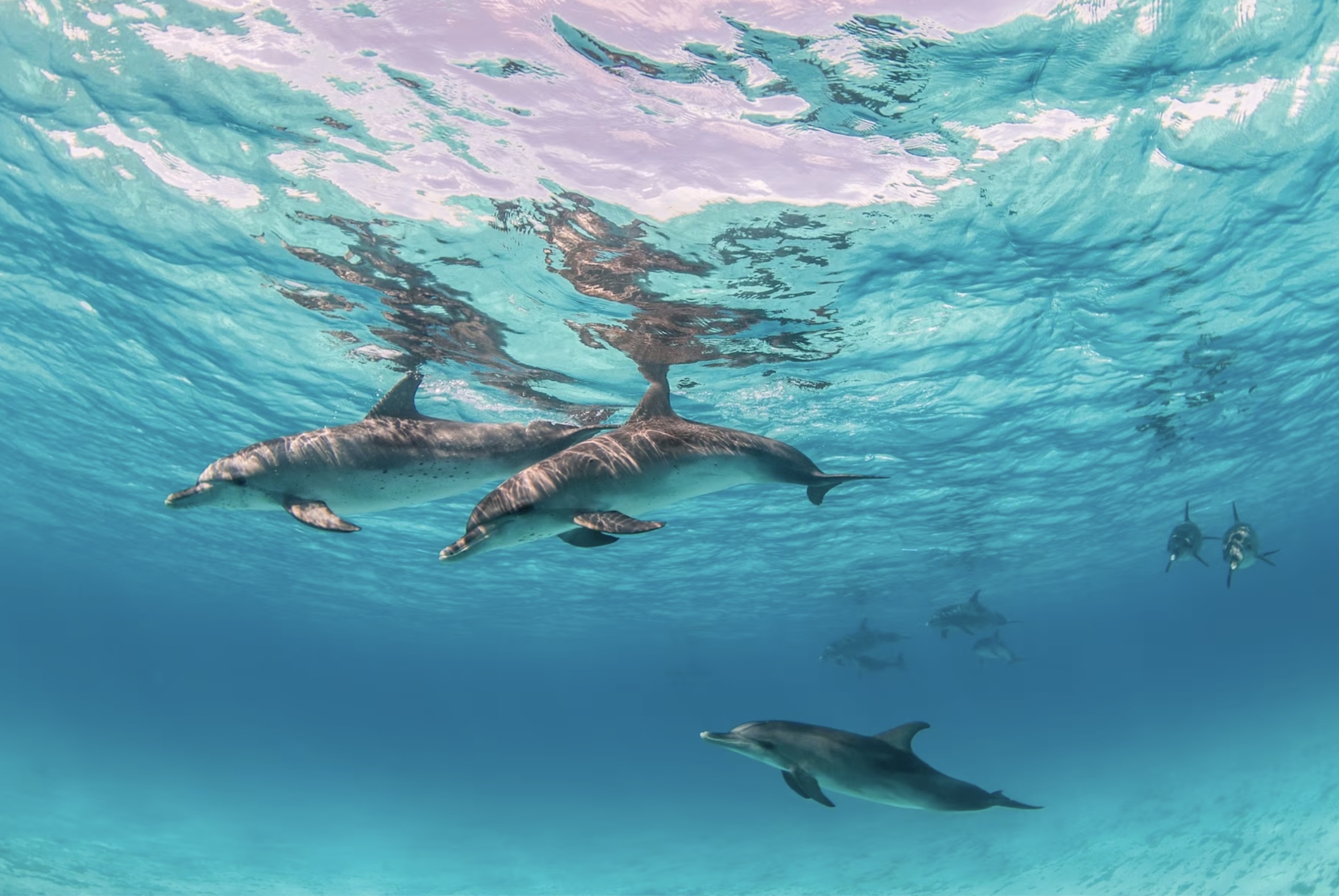Ship collisions and vessel engine noises rank among the top threats cetaceans, such as whales and dolphins, face in open seas. Artificial intelligence (AI) now aims to shield them through sound-detecting systems that alert ships on where to steer clear.
READ MORE
- Apple unveils iPhone 15 Pro and Pro Max: characteristics and details
- NASA to launch Psyche mission next month to explore metal-rich asteroid
- Scientists find new plant species in southwest China
A new alert system thanks to Artificial Intelligence
Ireland's coastlines are home to nearly 25 cetacean species. It's also where a local environmental NGO is spearheading a project. Thanks to AI, this initiative has successfully developed a real-time alert system indicating zones inhabited by whales or dolphins.

The mission is simple: direct vessels away from these zones. The project embodies bringing "technology to the forefront of marine conservation," Emer Keaveney, founder of the ORCA association and the NGO behind the project named "Smart Whales Sound", told EFE.
"AI is booming globally, but this project commenced in 2020, long before ChatGPT emerged. What's vital is it enables us to analyze data much more effectively," Keaveney emphasized during an EFE visit to Baltimore, a small fishing town in southern Ireland and the project's launchpad.
Artificial intelligence: How does this project work?
It all began with an underwater microphone, or hydrophone, anchored at sea. This device can detect whale sounds across a surface of up to 80 square kilometers and a 13 square kilometer area for dolphins.
The ocean's harsh environment poses challenges. One hurdle is ensuring the equipment withstands weather conditions, said Kenneth Fredriksen, Huawei's Vice President in Europe, whose company provides the tech. Enhancing the AI's accuracy in evaluating and analyzing data it collects, by further training the algorithms, remains on the to-do list, he added.
"I believe technology holds immense potential to address numerous environmental and biodiversity challenges," Fredriksen commented during his Ireland visit.
However, to genuinely ensure vessels avoid cetacean zones, the Smart Whales Sound project requires cooperation from sectors like fisheries and maritime transport. Hence, ORCA's environmentalists call for the "corporate social responsibility" of all involved parties.
"We aim to attract more partners and investors to expand this project nationally and create a sea microphone network along the entire Irish coast," Keaveney outlined, expressing ambitious goals for the project currently confined to a small area of the Celtic Sea.

Protecting cetaceans: an important mission
For ORCA's founder, the goal is to shield as many cetaceans as possible from ship-induced risks. The survival of these species, Keaveney underscores, heavily relies on the sounds they emit for communication, essential for activities like hunting or swimming.
"Noise pollution disturbs them and might mask their communications, drive them from certain areas, inflict chronic stress, and in extreme cases, trigger an acute response resulting in a stranded, deceased animal," she warns.
Elaborating on the acoustic capabilities of dolphins, Keaveney explained that they can identify each other through distinctive whistles, similar to human names. "Often, dolphins might maintain companionships or friendships for years."
"Pregnant females repeatedly sing their whistles so their unborn can recognize the sound. Upon birth, other dolphins stay silent, allowing the newborn to hear its mother's call," Keaveney pointed out, emphasizing that, for both humans and cetaceans, sound remains a vital survival tool.
